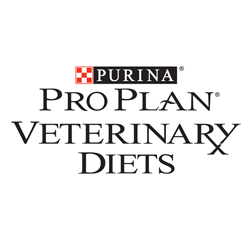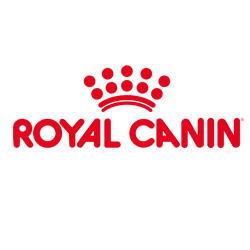How to Navigate the Emotional Connections Between Pet Food Recommendations and People
A person’s personal food choices are complex and influenced by biological, economical, physical, social, psychological,94 and environmental determinants.95 Furthermore, attitudes, beliefs, and knowledge about food also affect food choice. People may anthropomorphize their own nutrition ideas to their pets.96 Across a range of studies, common factors that influence pet food purchasing decisions include the ingredients, quality, cost, company reputation, veterinary recommendation, and ease of purchasing.95,97,98 Pet owners and members of the veterinary team share a common interest in the health and therapeutic benefits of nutrition. It is advantageous for the veterinary team to understand a client’s perspective before making nutritional recommendations.
Emotions such as hesitation, frustration, anxiety, and suspicion of the pet owner may dominate conversations about pet nutrition. Social media, marketing messages, and pet food recalls may reinforce these emotions and support feelings of distrust. Clients may be suspicious that nutrition recommendations by the veterinary team are primarily influenced by financial incentive rather than health benefits for their pet. Some clients may feel uncomfortable or intimidated discussing a topic in which they perceive a conflict may exist, particularly with unconventional diet strategies. With regard to the veterinary team, frustration may exist when clients bring up preconceived notions about nutrition and the sources from which they have gained these ideas.99
The veterinary team should focus on discussing nutrition in an open, honest, and approachable manner, in which the client feels comfortable and respected. Team members should identify the underlying emotional reaction to these conversations, recognize the impact of nonverbal cues, and listen to the client’s concerns.100 It is important to understand that validating a client’s concern is different from agreeing with the client. The goal is not to reinforce false information but to validate concerns and come to a shared understanding.
The veterinary team must agree that there are different but appropriate strategies to optimally feed pets. If the concerns about unconventional diets are ignored, clients may turn to less reliable sources for nutritional information.101 Although the benefits of conventional diets include nutritional adequacy and convenience, some clients may be concerned or skeptical about processed foods.102 Pet food manufacturers should provide transparency and details about the contents, research, and benefits of their diet. The veterinary team can help build a trusting relationship by alerting clients about pet food recalls and public health outbreaks if this is to happen.






